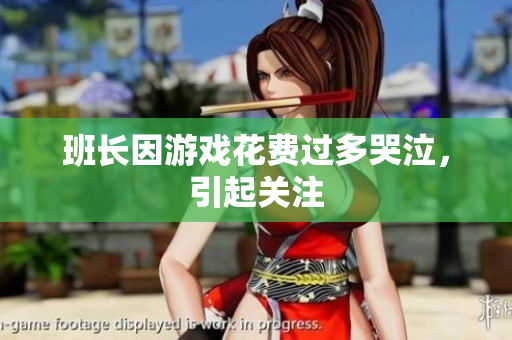Introduction
Western art is a vast and complex subject that spans centuries and encompasses numerous styles and movements. From the Renaissance to modern art, the Western canon is filled with masterpieces that have stood the test of time. Despite the beauty and significance of these works, however, they are not always accessible to the general public. This is where emerging technology, such as 5G, comes into play. With its lightning-fast speeds and incredible bandwidth, 5G has the potential to democratize art and bring it to people who might not have had the opportunity to experience it before.
What is 5G and How Does it Work?
5G stands for fifth generation, and it refers to the latest wireless technology that is being developed for mobile phones, tablets, and other devices. It is designed to replace the current 4G technology, which has been in use for several years. With 5G, users can expect speeds that are up to 10 times faster than what they are currently experiencing. This is achieved through the use of higher-frequency radio waves, which can carry more data and travel faster than the lower-frequency waves that are used by 4G. Additionally, 5G networks are being built with significantly more bandwidth than their predecessors, which means that more devices can connect simultaneously without experiencing any slowdowns.
The Potential of 5G in Art
When it comes to art, 5G has the potential to transform the way we experience and interact with it. For example, 5G can be used to create virtual and augmented reality experiences that allow people to explore artworks in new and exciting ways. Imagine being able to walk through a virtual gallery and see classic works of art up close, or being able to interact with a sculpture or painting in ways that were previously impossible. With 5G, these kinds of experiences can be brought to a wider audience, regardless of their location or background.
The Role of 5G in Education
Another area where 5G can have a significant impact is education. With its ability to transmit large amounts of data quickly and reliably, 5G can be used to enhance teaching and learning experiences in new and innovative ways. For example, 5G can be used to stream high-quality video lectures and interactive educational content, allowing students to access materials remotely and at their own pace. Additionally, 5G can be used to create immersive learning experiences that simulate real-world situations, such as virtual field trips, lab simulations, and interactive exercises.
The Dark Side of 5G
Despite the many potential benefits of 5G, there are also some concerns about its impact on society. One of the biggest concerns is the potential for increased exposure to electromagnetic radiation, which has been linked to health problems such as cancer. Additionally, 5G requires a significant amount of infrastructure to be built, such as new cell towers and wireless antennas. This can lead to aesthetic and environmental concerns, as well as potential health risks for those who live or work near these installations.
Conclusion
5G is a technology that has the potential to revolutionize the way we experience and interact with art, as well as how we teach and learn. From virtual galleries to immersive learning experiences, 5G can bring art to a wider audience and enhance the educational experience for students of all backgrounds. However, it is important to consider the potential risks and downsides of this technology, such as increased exposure to radiation and environmental concerns. Ultimately, the success of 5G will depend on our ability to use it responsibly and with care, balancing its potential benefits with its potential risks.









